Here’s why you should visit Japan’s best winter-night hot spring town on a summer afternoon【Pics】
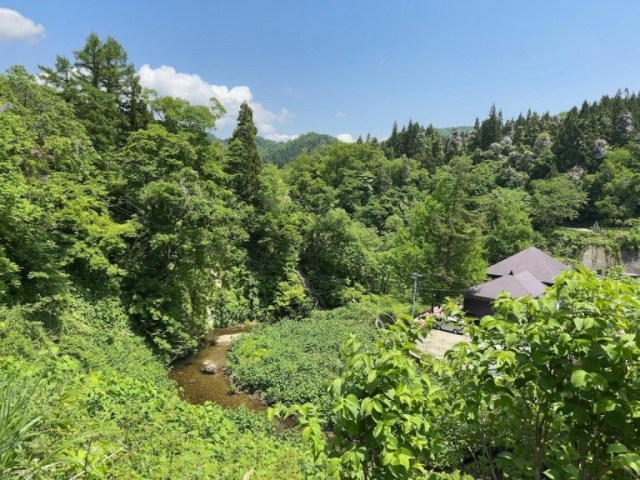
We went looking for an anime connection, and found a whole bunch of new reasons to love this Yamagata onsen town.
A lot of Demon Slayer: Kimetsu no Yaiba’s story arcs are named after the locations in which they take place. For example, the anime’s third season, which started in April, is known as the Swordsmith Village Arc and takes place in a setting with the following characteristics.
● A small, secluded village, surrounded by mountains
● Taisho period architectural styles and multi-storied pavilions
● Located near a former mine
● Became popular for the therapeutic properties of its hot spring waters, which now attract leisure bathers as well
Within the series, the location of the Swordsmith Village is a closely guarded secret, with even the members of the Demon Slayer Corps not knowing exactly where it is. Fans of the series, though, have noticed that the four points described above are also applicable to the real-world hot spring town of Ginzan Onsen, in Yamagata Prefecture.
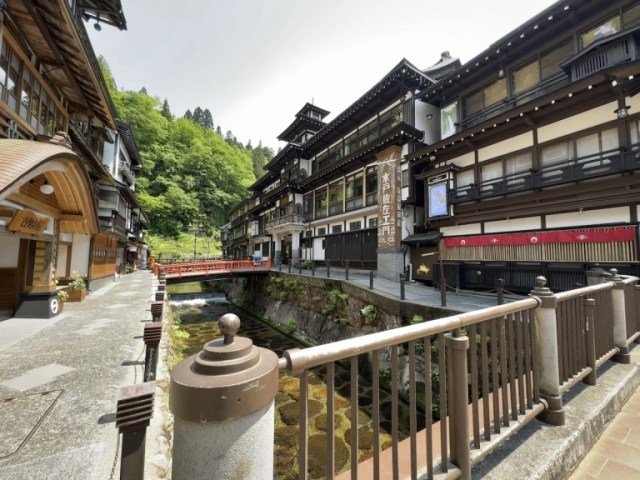
Ginzan Onsen literally translates as “Silver Mountain Hot Springs,” and yes, there used to be a working silver mine nearby. But while there are no more precious metals being excavated these days, Ginzan Onsen still has a plentiful supply of something arguably just as valuable: hot spring water, which fills the baths at the numerous bathhouses and inns along the river that runs through the center of town.

There’s no official statement from the Demon Slayer production staff that Ginzan Onsen served as the model for the Swordsmith Village, but if you’ve been reading the manga or watching the anime, the similarities will be apparent right away. Even before visiting, our traveling Demon Slayer fan/reporter Saya Togashi had thought that the Swordsmith Village’s bridge handrails and hanging lanterns reminded her as much of a hot spring resort as a blacksmith district.
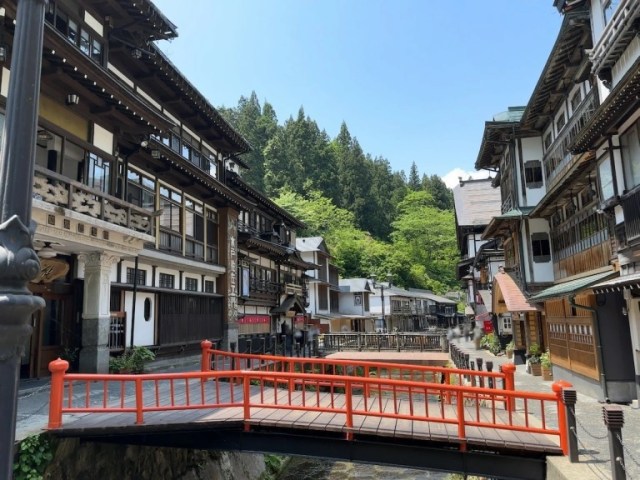
We should point out that while Ginzan Onsen is experiencing a bump in attention as Demon Slayer’s third season is airing, the town isn’t exactly a secret among travelers in Japan. Its beautiful buildings and elegant environment have made it one of the country‘s premiere onsen destinations for domestic and inbound international travelers alike.
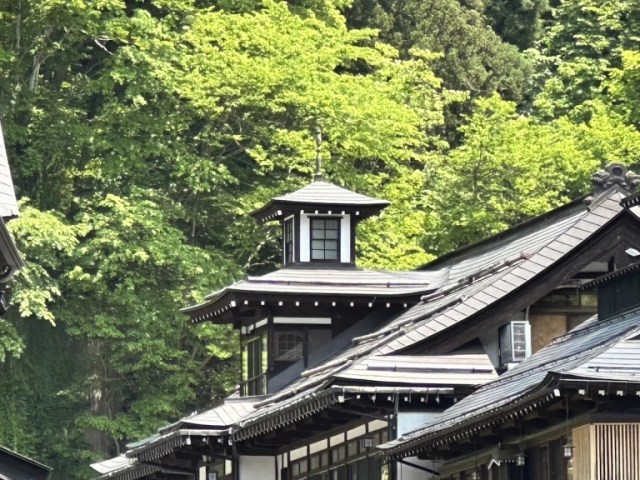
Here’s the thing we learned on our visit, though. Ask just about anyone when they want to go to Ginzan Onsen, and they’ll say “Winter.” That’s a fine choice, too. Yamagata is one of Japan’s most northern prefectures, and the way Ginzan Onsen looks blanketed with snow on a midwinter night, bathed in the soft glow of the streetside gas lamps, is picture-perfect for posting on social media.
But you know what? Ginzan Onsen is also a wonderful place to visit in late spring/early summer.
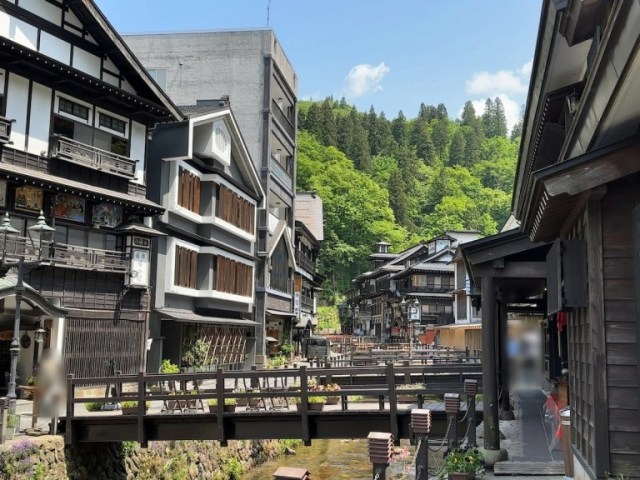
For starters, Ginzan Onsen isn’t in a particularly train-accessible place. It’s about a 40-minute bus ride from the nearest station, so if you’re planning to skip rail travel altogether and rent a car for you and your friends, you’ll find the drive much more pleasant if you avoid the winter months, when many roads and parking lots in and around the town are closed due to the inevitably snowy weather.
But the real bonus to heading to Ginzan when the weather is warmer is that it lets you relax and enjoy your time out and about in the town itself, instead of stepping out of your hotel for a quick selfie, then scampering back inside before the winter winds chill you to the bone.

Visiting at this time of year, you’re able to appreciate how the entire center of the town feels like one gigantic strolling park. As we walked along the street, time and again we found public benches and other places to sit and rest our feet (even dipping them into free, open-air onsen foot baths on occasion) while also refreshing our spirits by gazing up at the blue sky and listening to the sound of the river flowing by.
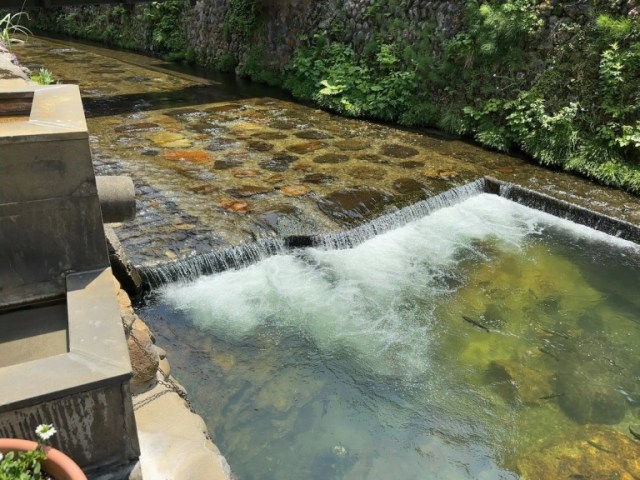
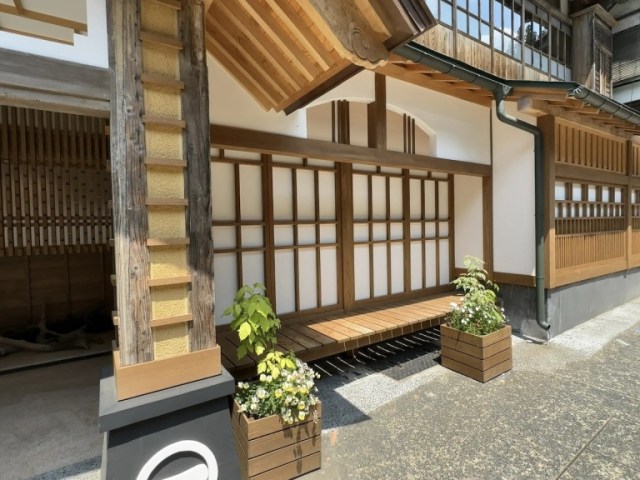
Being able to linger longer outside without freezing, we got to pore over all sorts of beautiful architectural details, like the second-story murals here.
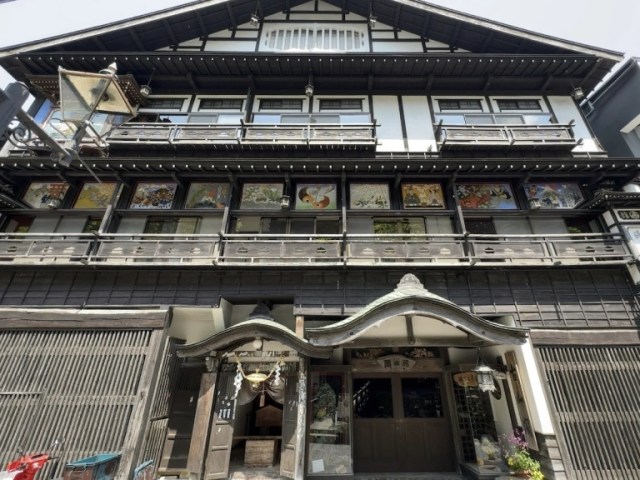
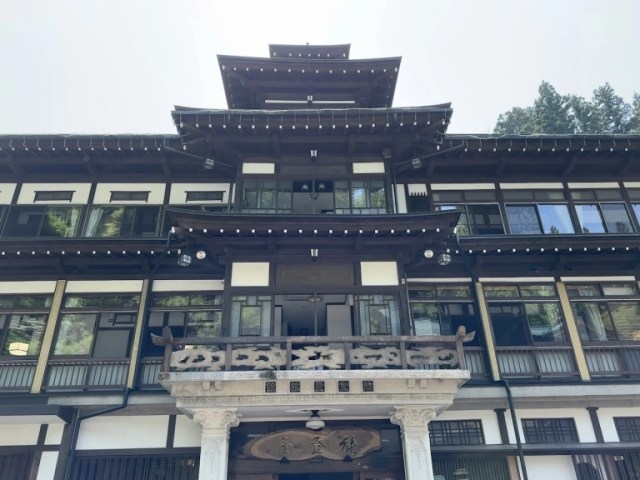
Another thing we’re pretty sure we wouldn’t have wanted to do on a below-freezing night: keep walking past the inns to the Ginzan no Taki waterfall, from where especially energetic visitors can even walk along some of the old trails that were used by the silver mine workers of yore.

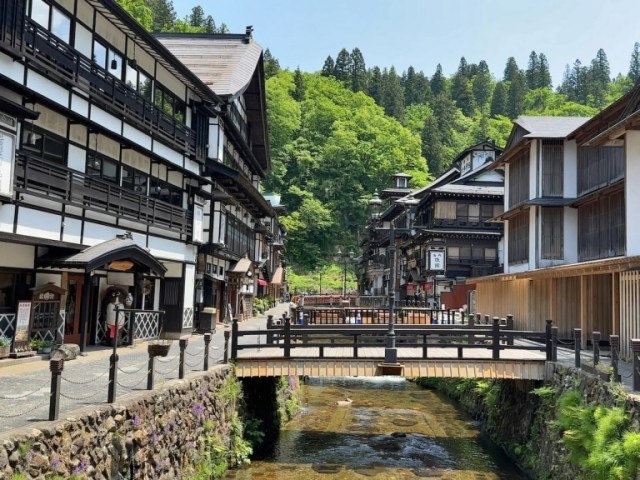
None of this, of course, is to say that winter is a bad time to visit Ginzan. Instead, we’re saying that there isn’t any bad one, so don’t let the time of year you’re traveling in Japan convince you to scratch this beautiful place off your itinerary.
Photos ©SoraNews24
● Want to hear about SoraNews24’s latest articles as soon as they’re published? Follow us on Facebook and Twitter!
Credit:




0 comments: